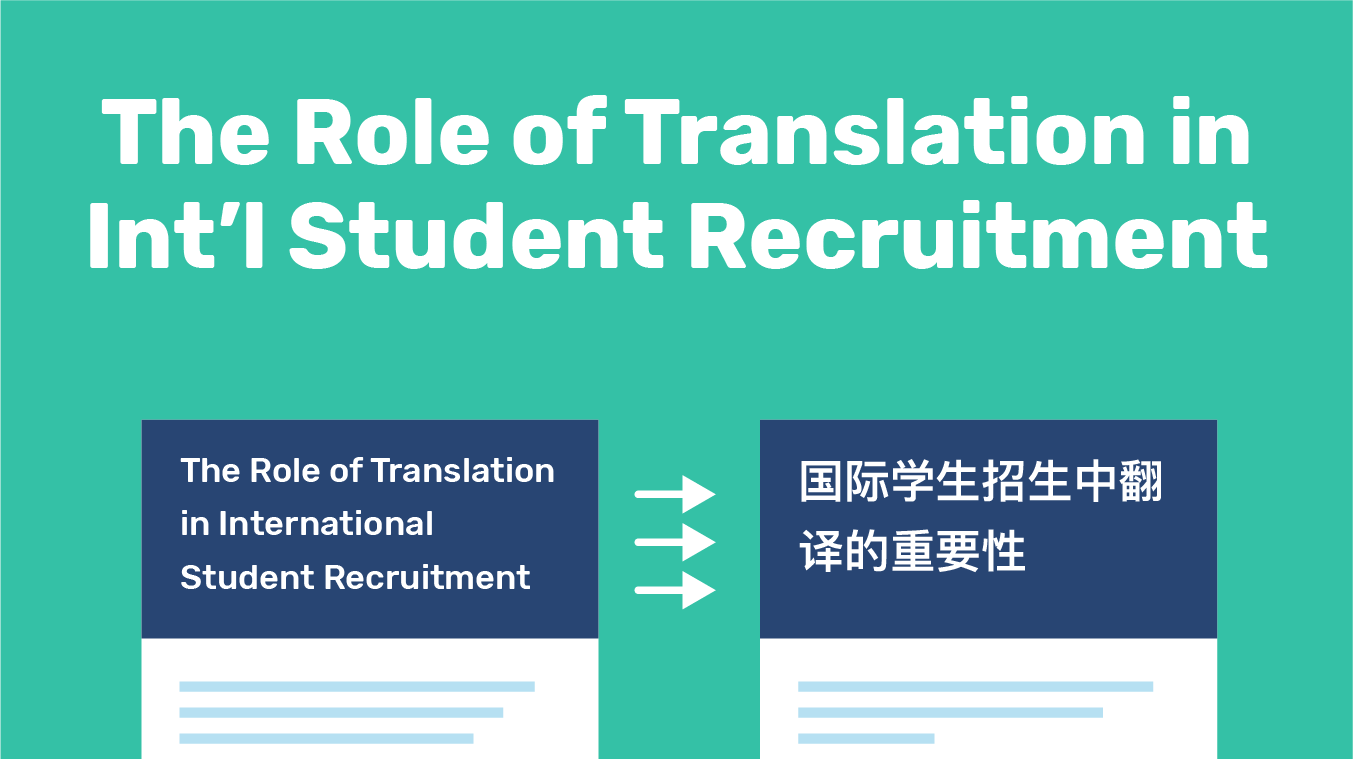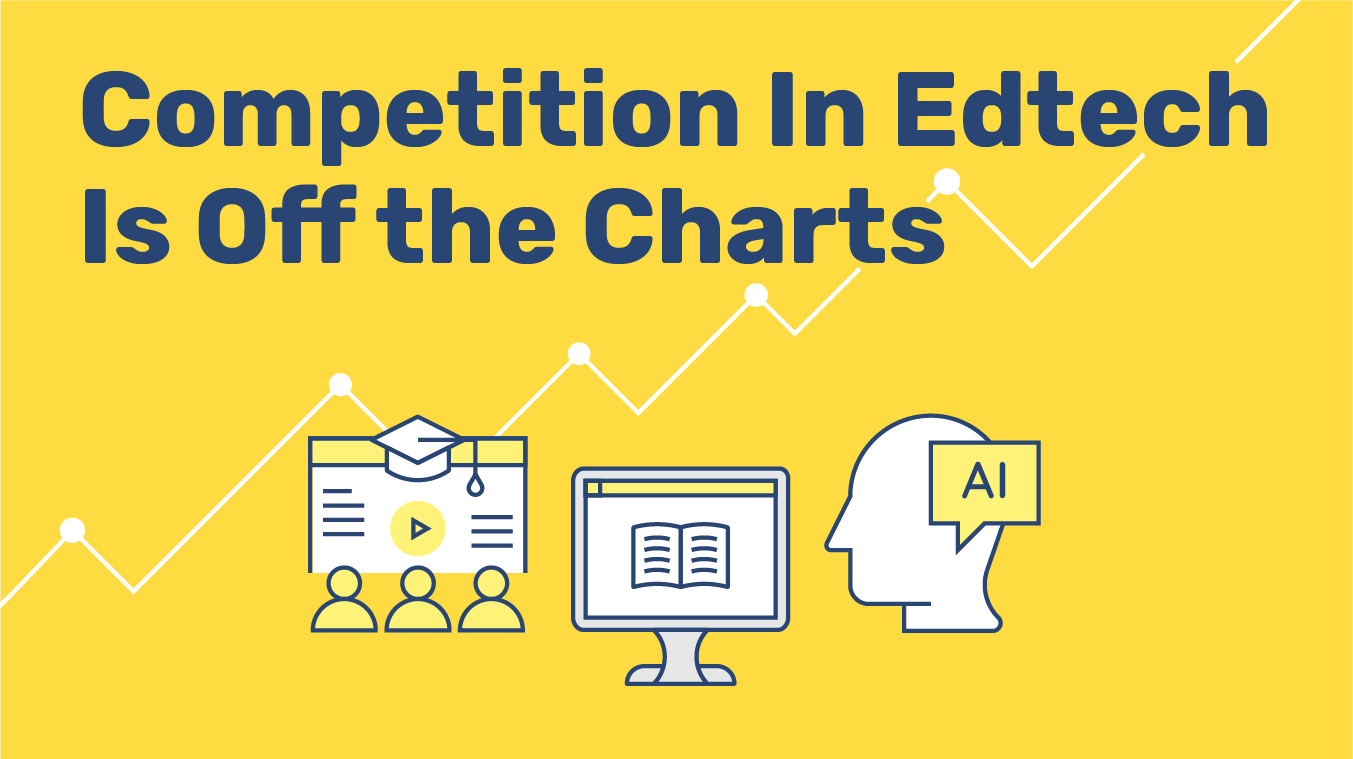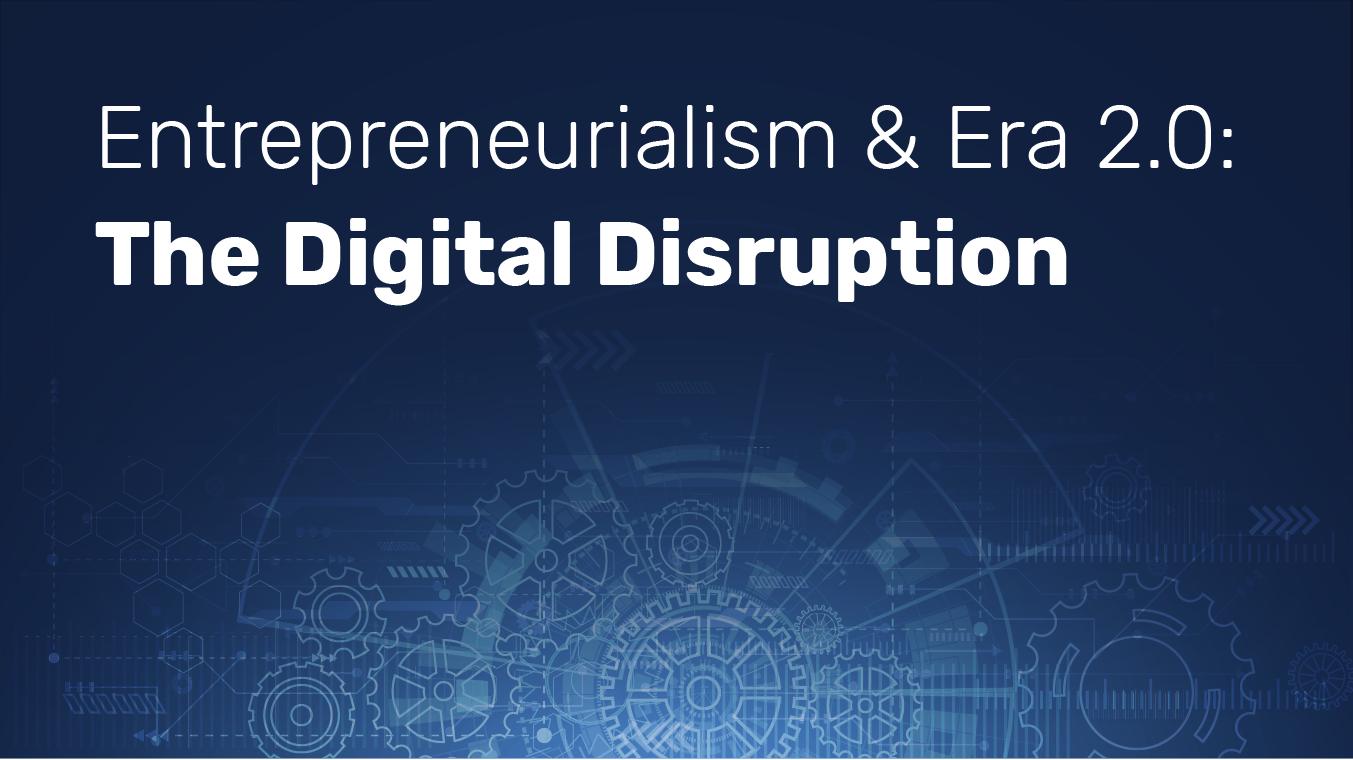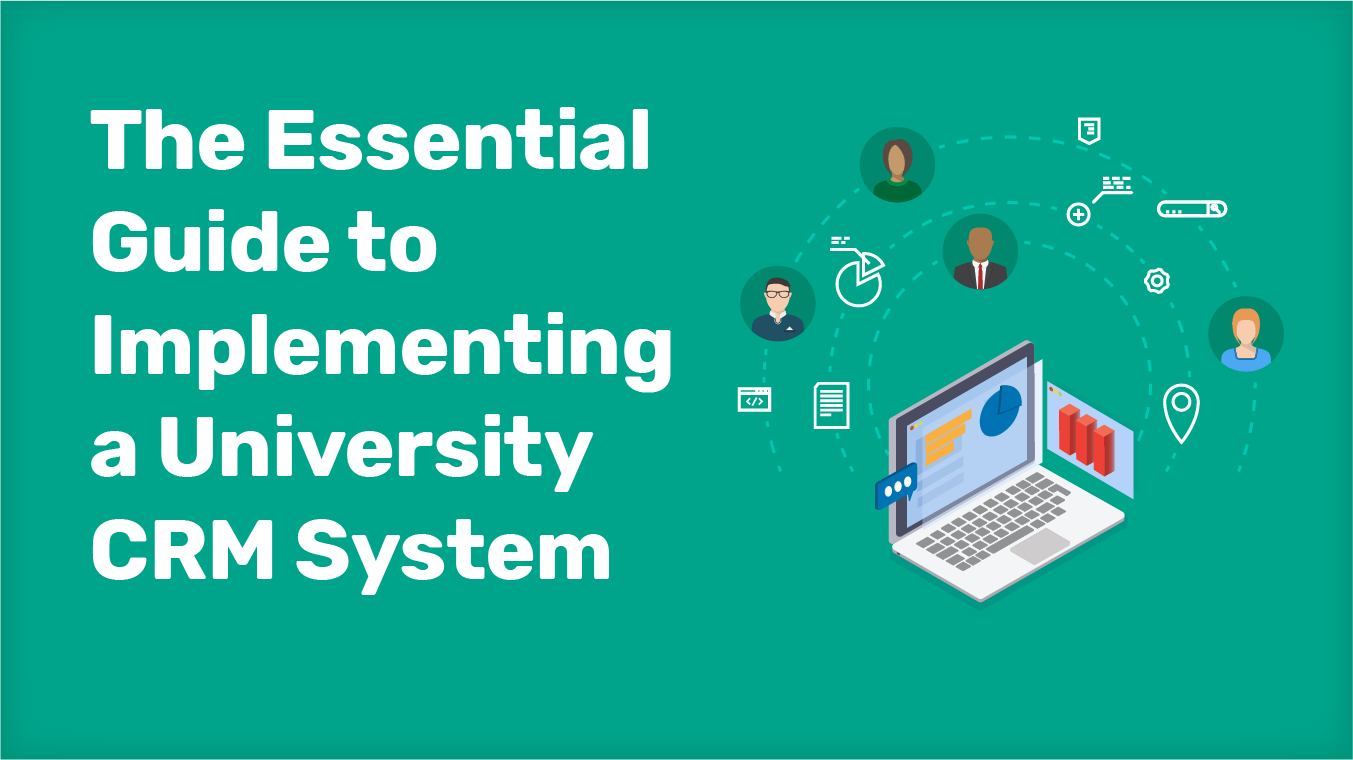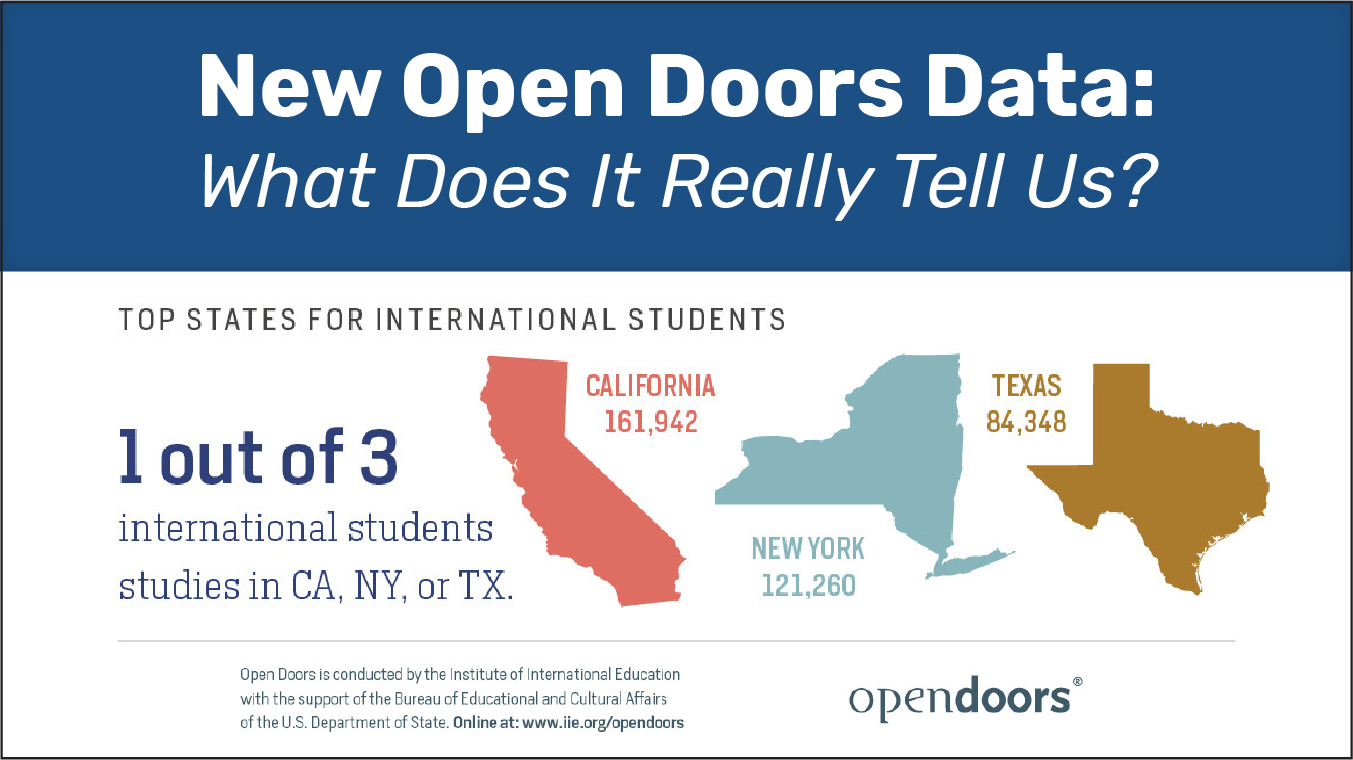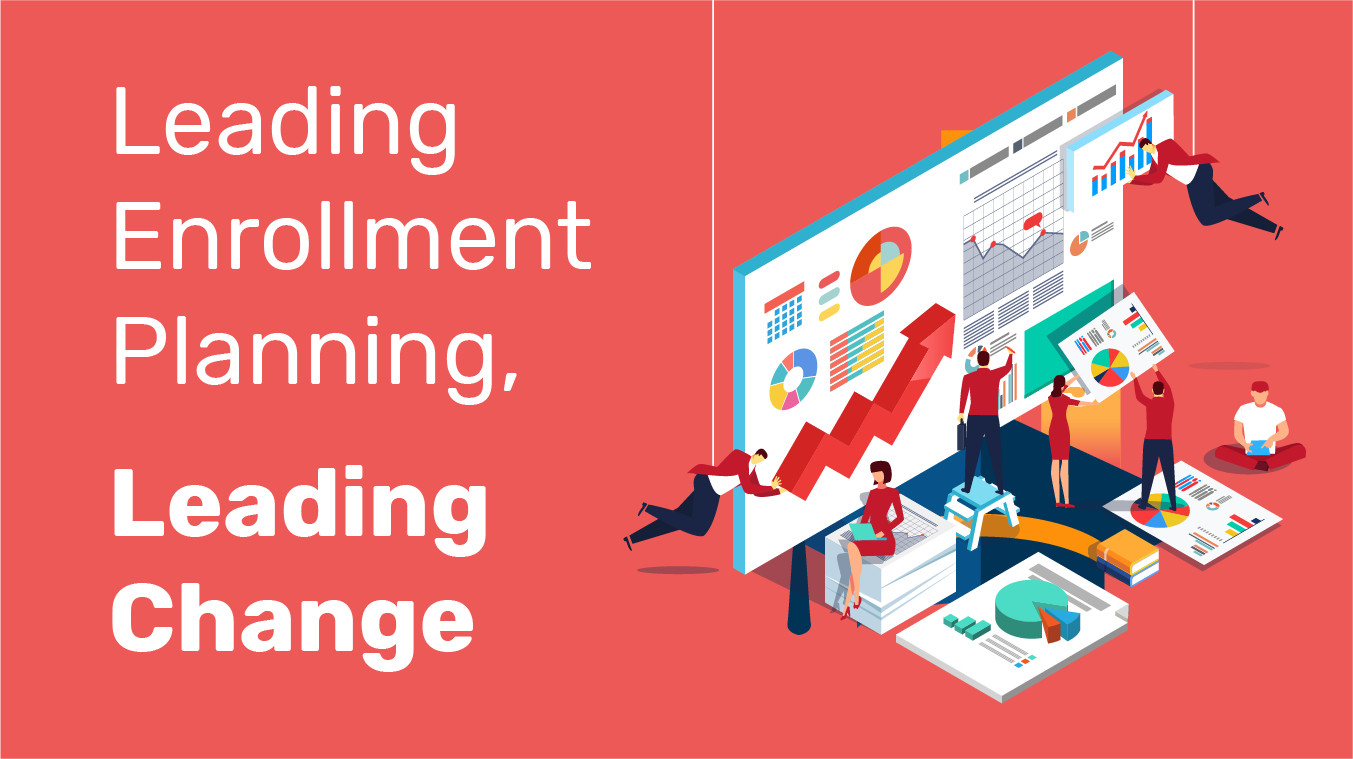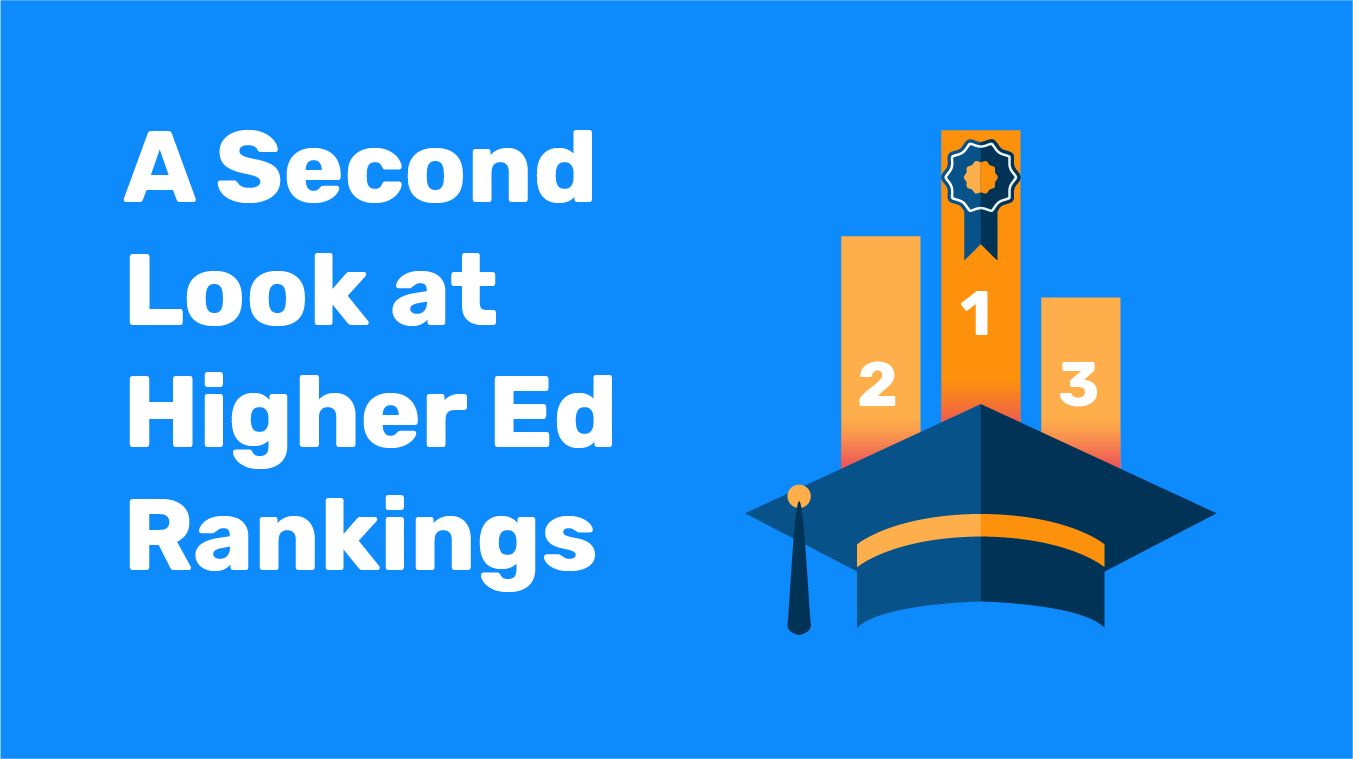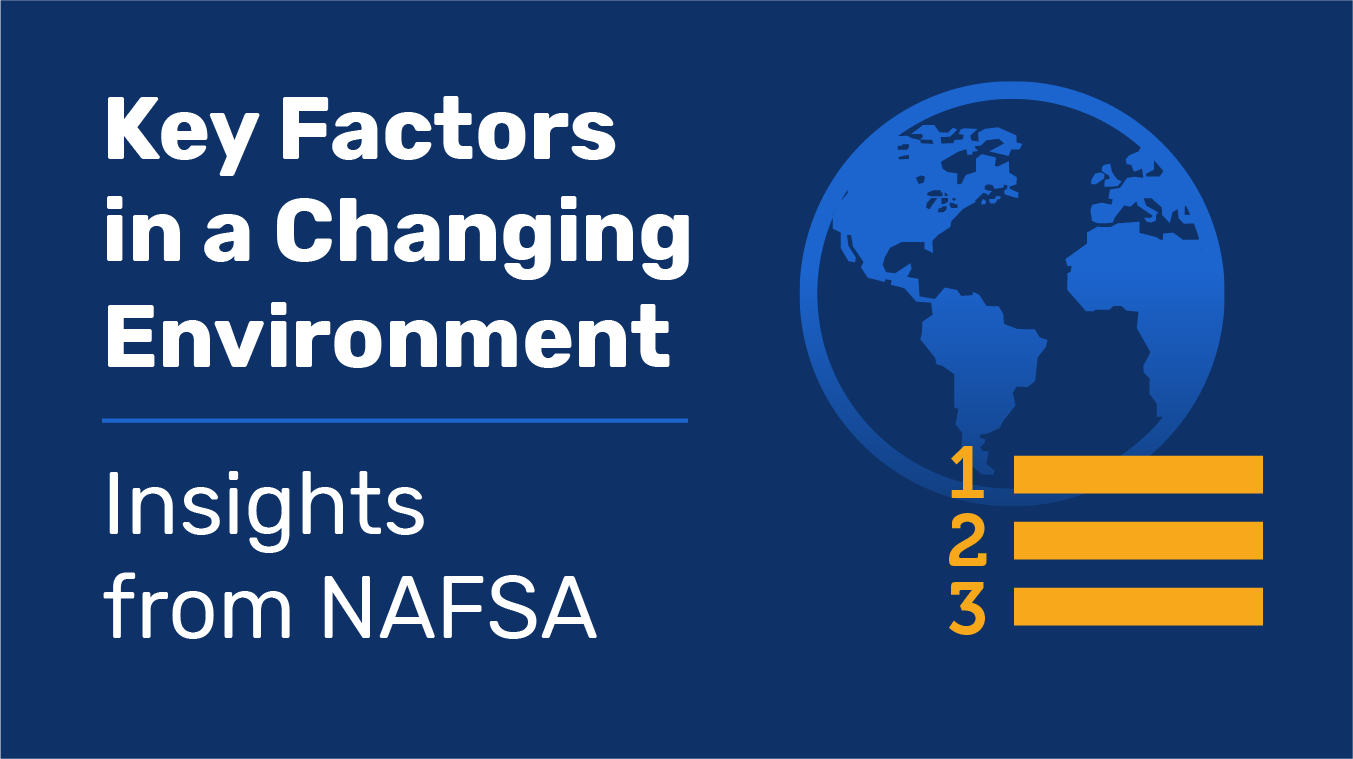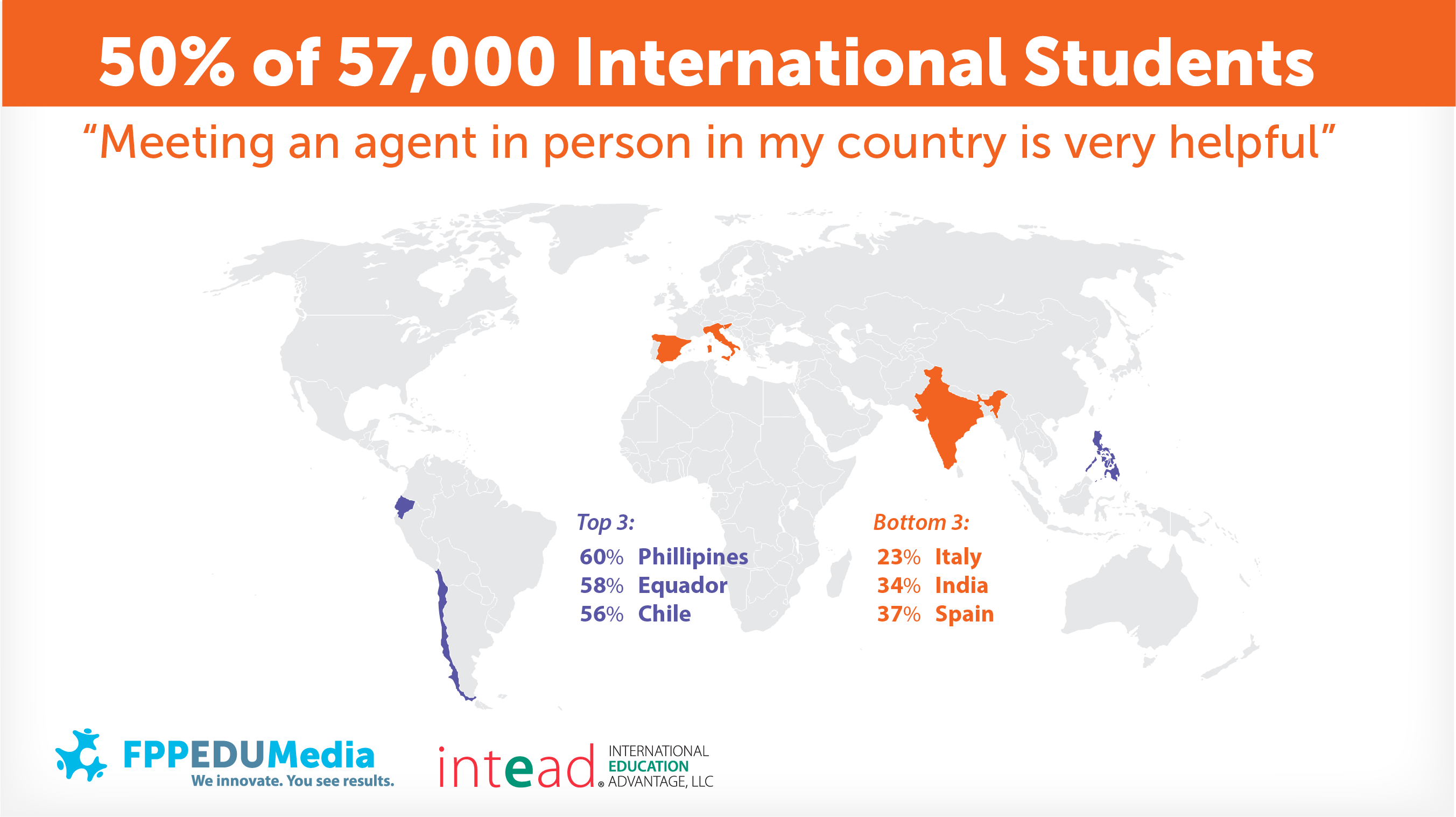“Why should we translate our materials if prospective students need to have strong English skills to perform well in our classes?”
It’s a valid discussion. We have always been vocal advocates for translating marketing materials into the local language of your target audience. This week: our perspective on translation, some of the most effective places to use it, and most importantly, why.
This post is important for your team producing the materials and your higher ups who are questioning the rationale. Our goal: making you more capable, powerful, successful. Share away.
Important to remember that translation is just one piece of the larger content customization process and that the content you share with your US audience will not resonate with your international audiences, whether you translate It or not. Each of your audiences are unique and will respond to different messages.
Here's the thing you already know: marketing differentiation is all about speaking to your audience segments with the information that resonates. Seems obvious, but not many institutions take the time to do it. Instead, they blast the same stuff to every lead.
And yet...they all complain and wring their hands about declining numbers and yield. There are solutions right there in front of you that do take more time and more investment. Take advantage of them sooner than later!
To read more about developing audience personas and audience segmentation, see our post on Persona Development: 101 here.
The Intead team does this targeted content strategy and writing for our clients to improve application flow and yield. Let's get to work together.
A note on adding Google Translate to your site: not better than nothing. The nuance and specifics of your differentiators that your marketing department worked so hard to craft are absolutely butchered with Google Translate. Your target audience scans (not reads) pages translated via Google. They get the high level gist of it and move on quickly. There is no absorption of content because everyone knows you are losing a lot of accuracy. You'll understand more about all you are losing by taking this awful shortcut as you read on.
So, about the rationale and the process for translation, let's dive in...
Read More
